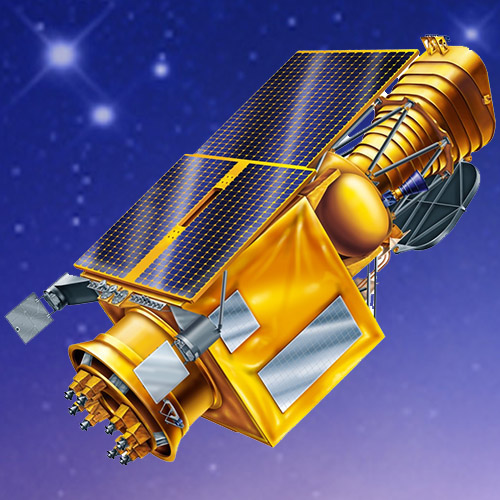
About ULTRASAT / Mission Comparison / Timeline
ULTRASAT (Ultraviolet Transient Astronomy Satellite) is a mission being developed by the Israel Space Agency (ISA). NASA has entered into an implementing arrangement to provide launch services and share in the scientific results. The PhysCos/COR program at GSFC is managing the science planning activities and coordinating subject matter expert review.
ULTRASAT is a near-ultraviolet imaging satellite with a wide field of view (204 square degrees). It will provide high cadence observations and rapid target-of-opportunity response, providing a powerful capability for time-domain and multimessenger astrophysics (TDAMM), and will have scientific applications from solar system studies to cosmology.
With a field of view 200 times greater than the NASA's GALEX (Galaxy Evolution Explorer) mission, ULTRASAT will conduct unprecedented surveys for variability in the ultraviolet sky. This will enable exciting new discoveries in fields such as gravitational waves, supernovae, and exoplanet habitability.
NASA’s roles in ULTRASAT include arranging the launch of ULTRASAT to a Geostationary Transfer Orbit (GTO); providing a US-based archive for ULTRASAT data; selecting US investigators to participate in ULTRASAT’s science working groups; and participating in ULTRASAT alerts for transient astronomical sources.
The NASA arranged launch is currently planned through Kennedy Space Center's Launch Service Program. Launch is anticipated in 2026. The prime mission will last 3 years, and the spacecraft hardware is designed to last longer (6 years).
Additional information on the mission is available from web pages at the Weizmann Institute of Science.
Projected Launch Date
2026
Orbit
GEO
Geostationary Earth Orbit
Primary Mission
3 YEARS
Scroll Missions Below ULTRASAT to compare

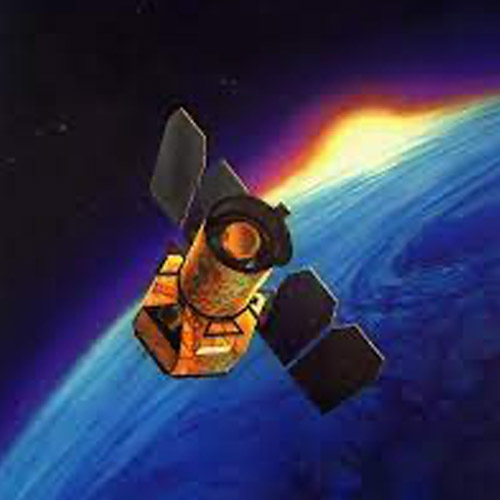
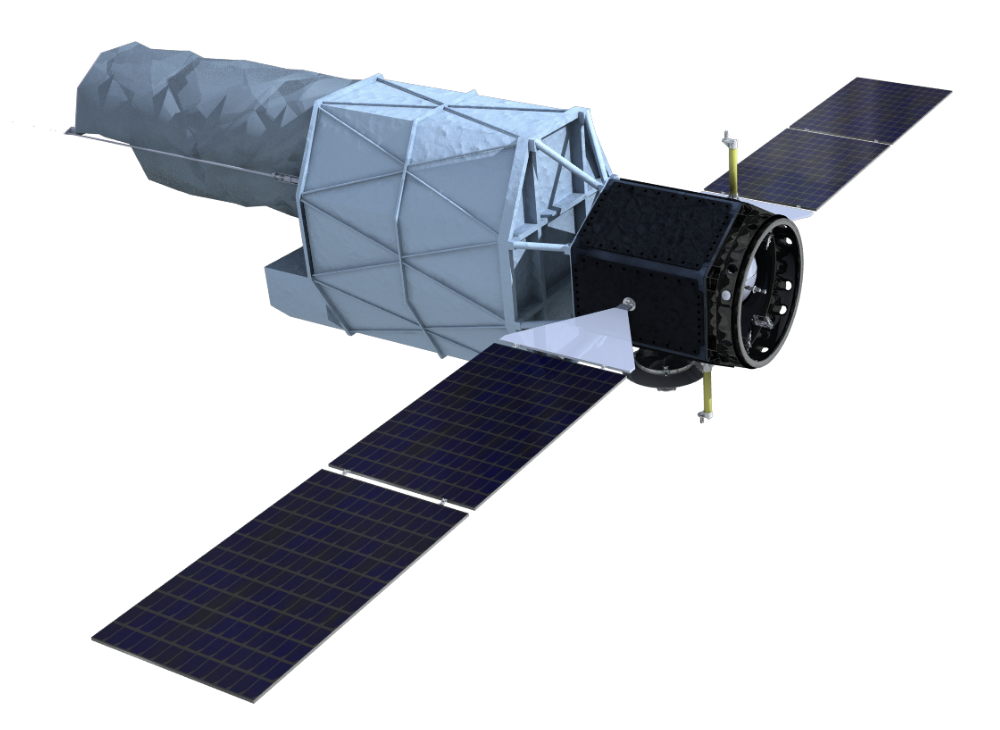
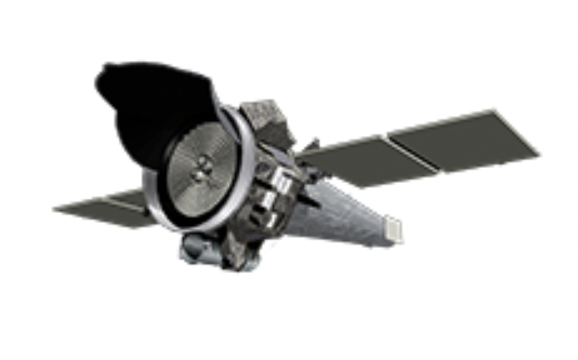
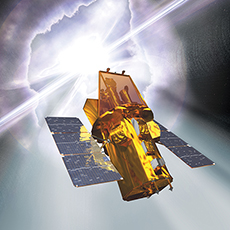

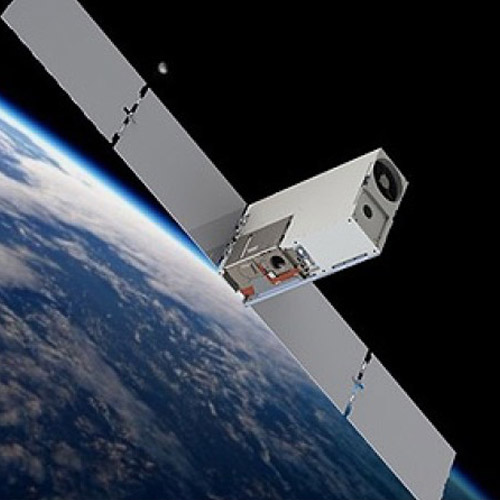



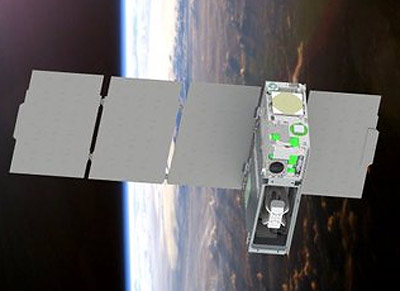
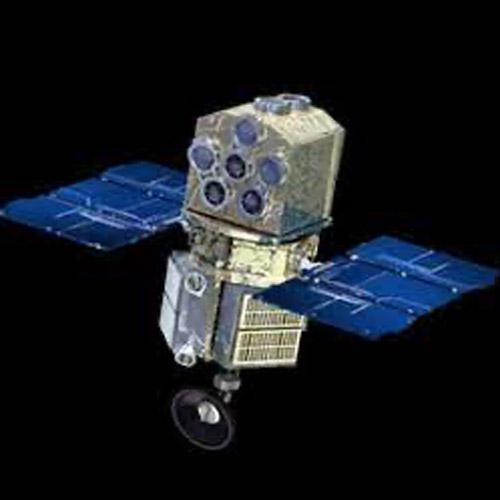
Scroll timeline horizontally